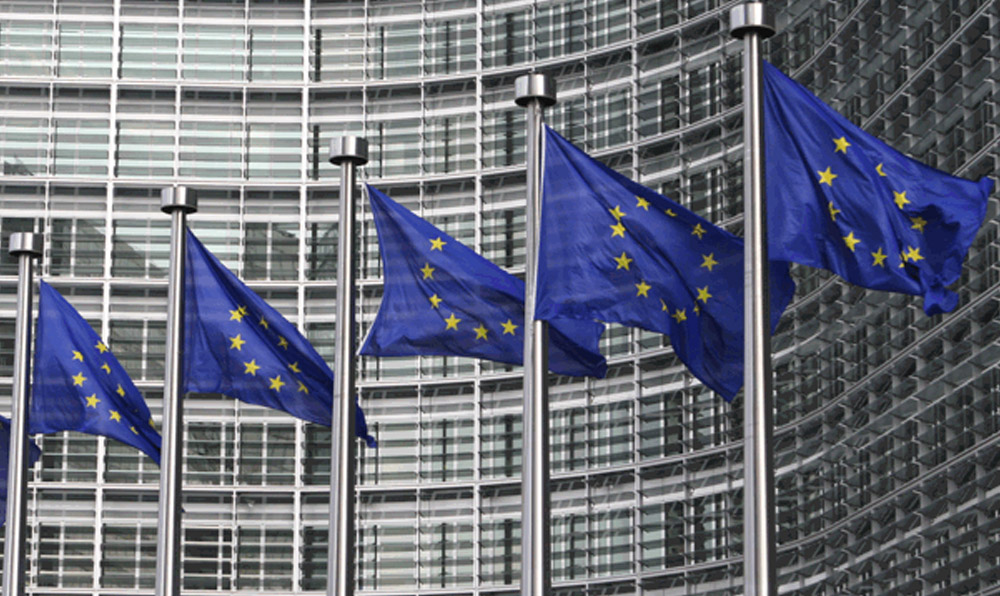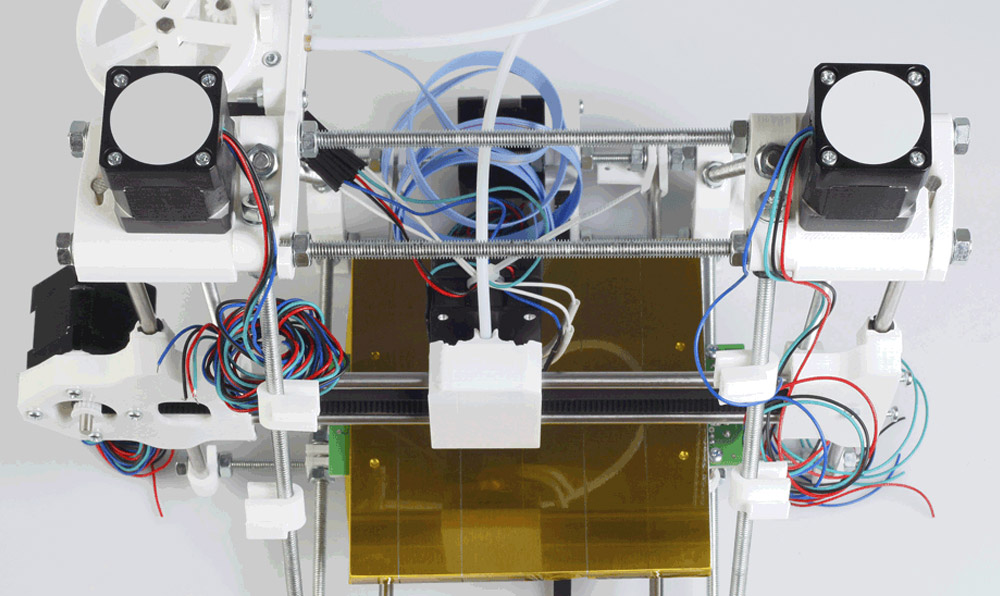By Jackson Wood, Director, Industry Strategy, Global Trade Intelligence, Descartes Systems Group
U.S. regulators recently increased the reach of trade restrictions on AI chips–including high-end GPUs and accelerators–sold to the Chinese market.
The rules, which were amended earlier this month, seek to prevent U.S. persons or companies from furthering the military and surveillance agendas of the People’s Republic of China, and other countries of concern.
Key Takeaways
- U.S. regulators have tightened export control rules on advanced AI chips. (See also our analysis on global moves to reshore semiconductor supply chains).
- The move addresses national security concerns as they relate to China’s military modernization effort.
- But this will impact major semiconductor makers such as Nvidia, Intel and others.
- Organizations in general need to keep a watchful eye on emerging export control regulations. (See also recent MEU rules, as an example of emerging regulations).
- There are 12 steps that can be followed to protect your organization from risk.
The updated restrictions are likely to impact the world’s biggest semiconductor manufacturers, including Nvidia and its new GPUs built specifically to comply with last fall’s export rules. This will have a significant impact on Chinese companies who planned on purchasing billions worth of the chips, as well as for other vendors like Intel and AMD who had plans to build their own new units in response to earlier U.S. export controls.
The rationale behind these updates is to address national security concerns related to the PRC’s military modernization and its efforts to obtain semiconductor manufacturing equipment and advanced computing chips crucial for military applications. Such technologies, especially advanced artificial intelligence (AI) capabilities, can enhance military decision-making and be used in various military and surveillance applications, including electronic warfare and facial recognition.
Three Key Parts to the Updated Rules
- Advanced Computing Chips Rule (AC/S IFR): This rule sets parameters for restricting the export of advanced computing chips and introduces new measures to prevent circumvention of controls. Notably, it removes “interconnect bandwidth” as a parameter, adjusts performance thresholds, and introduces notification requirements for some chip exports.
- Expansion of Export Controls on Semiconductor Manufacturing Items Interim Final Rule (SME IFR): This rule expands controls on different types of semiconductor manufacturing equipment, refines U.S. person restrictions to prevent support to PRC semiconductor manufacturing, and extends license requirements to countries beyond the PRC and Macau.
- Additions to the Entity List: This rule adds PRC entities and their subsidiaries to the Entity List, subjecting them to restrictions on items made with U.S. technology. Foundries producing chips for these entities require a BIS export license before shipping such chips.
U.S. Export Control Updates Tighten Restrictions
These export controls maintain focus on military applications and confront the threats to U.S. national security posed by the PRC Government’s military-civil fusion strategy, said Secretary of Commerce Gina M. Raimondo in a BIS press release. He stressed: “As we implement these restrictions, we will keep working to protect our national security by restricting access to critical technologies, vigilantly enforcing our rules, while minimizing any unintended impact on trade flows.”
“Export controls are a powerful national security tool, and the updates released today build on our ongoing assessment of the U.S. national security and foreign policy concerns that the PRC’s military-civil fusion and military modernization present,” said Under Secretary of Commerce for Industry and Security, Alan F. Estevez. “BIS will continue to assess the security environment and technology landscape and will not hesitate to act as appropriate.”
“The Bureau of Industry and Security will continue to demonstrate global leadership in the regulation of advanced computing and artificial intelligence technologies. These technologies inherently serve as force multipliers for humanitarian good and also for undermining global security and advancing repression,” said Assistant Secretary of Commerce for Export Administration, Thea D. Rozman Kendler.
“By imposing stringent license requirements, we ensure that those seeking to obtain powerful advanced chips and chip manufacturing equipment will not use these technologies to undermine U.S. national security. We will continue to hone these controls as technology evolves so that our technology is not used to threaten global peace and security.”
What This Means for U.S. Exporters
Even if your company does not directly manufacture or distribute semiconductors or related technology, it is critical to keep a watchful eye on the evolving trend of export controls as they pertain to China and other strategic jurisdictions. Practically speaking, establishing and maintaining strong due diligence and product classification procedures is essential to protecting your organization from risk.
International trade regulations cover all industries and there are no exceptions. What this means is that exporters need a proven process to facilitate compliance while enabling growth.
12 Steps to Export Control Compliance
Export compliance in theoretical terms is straightforward to understand (although it must be said that there is a lot of hard reading involved). The most complex part comes in putting the different pieces together to make a working system for your business. With that in mind, here are 12 steps you can use today to achieve compliance.
1. Determine Export Compliance
a. Classify your product or technology using the Export Control Classification Number (ECCN) or the U.S. Munitions List (USML).
b. This step helps you identify whether your item is subject to export controls, and which set of regulations apply.
2. Screen Against Denied and Restricted Parties Lists
a. Screen all parties involved in a transaction against denied parties lists.
b. Ensure you are not conducting business with prohibited individuals and entities.
3. Understand Export License Requirements
a. Identify whether your export requires a license based on the destination country, product, or end-use.
b. Certain countries, entities, or products may be subject to stricter controls.
4. Check for Red Flags
a. Implement a system to detect and investigate any red flags, such as unusual shipping routes, payment methods, or customers.
b. This is another layer of security that reduces the risk of potential violations.
5. Train Employees
a. Make sure that employees across the organization are aware of export compliance requirements as well as their responsibilities.
b. With regulations becoming ever stricter, it is imperative the external facing staff are trained—not just the export compliance folks, but sales, procurement, IT, HR, reception to name a few.
6. Maintain Proper Documentation
a. Keep accurate records of all export transactions, including licenses, shipping documents and correspondence.
b. Well-maintained documentation can demonstrate compliance.
7. Use Technology Solutions
a. Invest in software solutions that can help make the process of denied party screening and export compliance more efficient.
b. Choose proven solutions that can scale up as your needs grow, and which have high customer satisfaction.
8. Report Violations and Take Corrective Action
a. Establish a process for reporting and addressing any export control violations.
b. Promptly correct issues to minimize legal consequences.
9. Stay Informed
a. Continuously monitor changes in export control regulations and stay informed about updates.
b. Regularly check for regulatory changes and adapt your practices accordingly.
10. Seek Legal Counsel
a. When in doubt or dealing with complex situations, consult with legal experts who specialize in export control regulations.
b. Legal advice can guide you to better manage challenging compliance issues.
11. Conduct internal audits and assessments
a. Undertake regular internal audits to assess compliance with export control regulations.
b. Identify areas that may need improvement and implement necessary changes.
12. Engage with Government Agencies
a. Establish a working relationship with government agencies, such as the Bureau of Industry and Security (BIS) and the Directorate of Defense Trade Controls (DDTC).
b. Seek guidance when necessary and maintain open communication.
Compliance with export control requirements is essential to reduce the risk of legal issues and protect national security interests. By following these steps, exporters can mitigate risk and ensure they are adhering to the law as they conduct international trade.
How Descartes can Help
The primary learning from this article is for ongoing awareness of ever-changing export compliance regulations. As the U.S. government (as well as jurisdictions around the world) continue to implement more comprehensive export controls, the responsibility placed on organizations operating in the global marketplace to remain compliant continue to grow as well.
Effective export control compliance, therefore, requires a deep knowledge of the products being exported as well as who the customers are, where the ship-to market is, and what is the intended end use.
To help companies manage their export compliance risk more effectively, there are solutions available for restricted party screening, export classification, license determination and management, and sanctioned party ownership screening, all of which can help organizations ensure they are not falling afoul of the new and existing export compliance regulations. Having proper and thorough export compliance processes in place can help organizations remain on the right side of the law, and avoid potential bad press, fines, and other financial and reputational damages that violation of export regulations may incur.
See also what our customers are saying about our range of denied party screening solutions on G2, a third-party business software review website.


